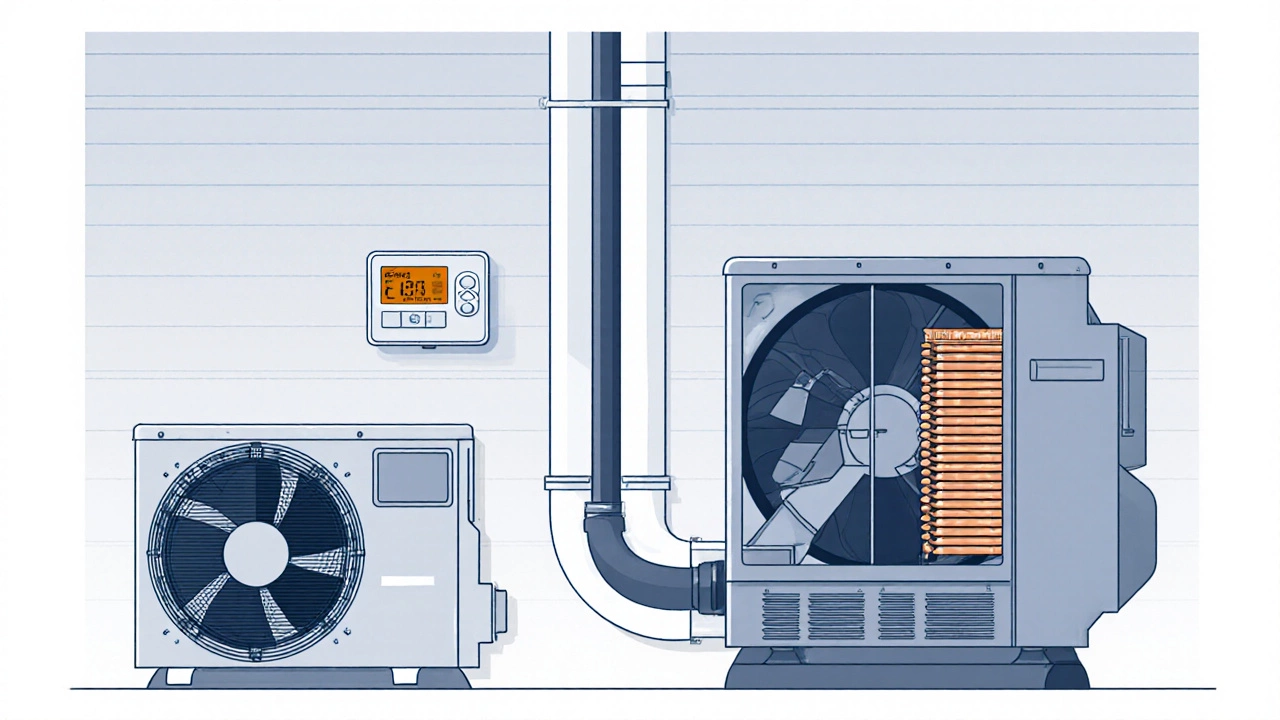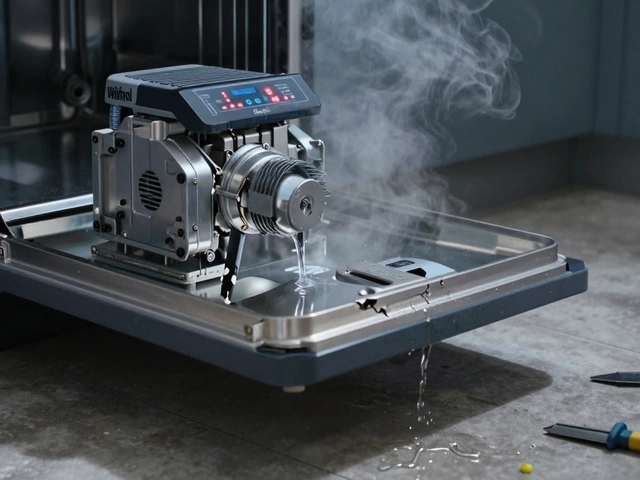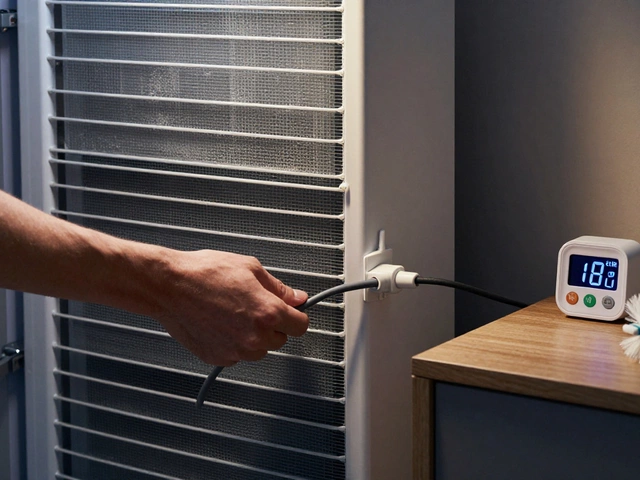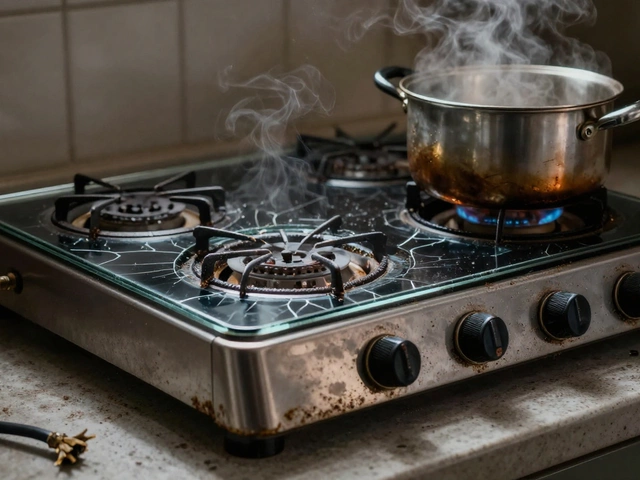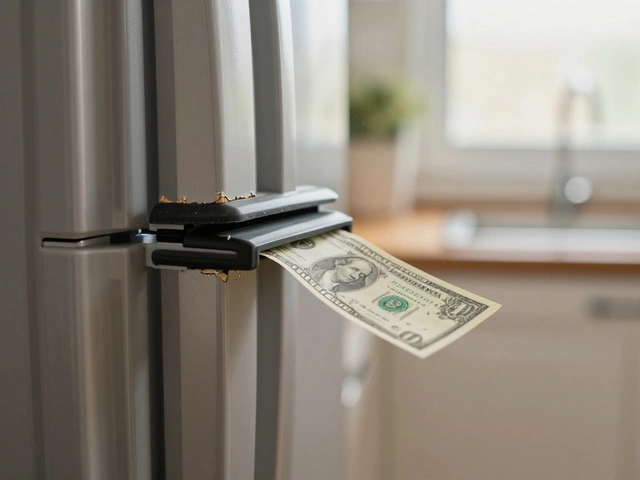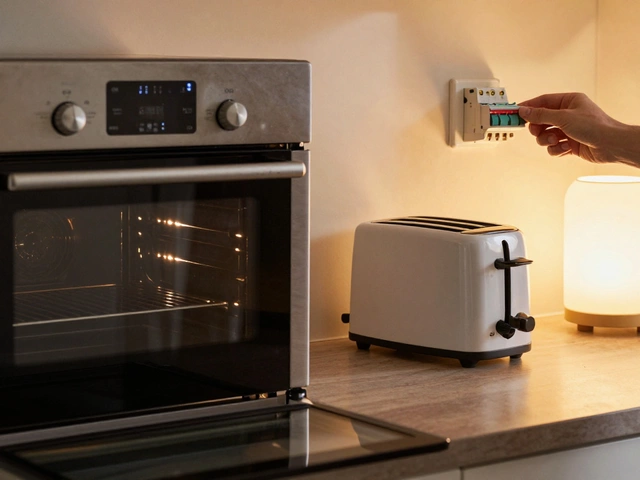Heat Pump Malfunction: What It Is and How to Fix It
When you hear about heat pump malfunction, a failure or performance issue that stops a heat pump from heating or cooling properly, you probably wonder why your home feels uncomfortable. Also called heat pump failure, it can stem from several simple problems that most DIY‑savvy homeowners can spot.
First, remember that a heat pump, an HVAC system that moves heat between indoors and outdoors using a refrigerant cycle is essentially a fridge running backwards. When it breaks down, the whole climate control chain suffers. The most common trigger is ice buildup, accumulation of frost on the outdoor coil that blocks airflow and forces the unit to shut down. Ice prevents the refrigerant from absorbing heat, so the pump stalls.
Ice buildup relates directly to the outdoor coil’s design. The coil needs clear airflow; any blockage, whether leaves, dust, or a dirty fan, creates a cold spot that freezes moisture. This is why regular coil cleaning is a preventative step. If you see frost thicker than a quarter‑inch, it’s time to defrost. Most units have an automatic defrost cycle, but a stuck sensor can stop it, leaving ice to grow.
A stuck sensor leads us to the thermostat. The thermostat, the control device that tells the heat pump when to start or stop based on temperature settings can misread the indoor temperature, causing the pump to run too long and over‑cool the coil. When that happens, the coil freezes and the system shuts off to protect itself. Checking the thermostat’s battery, wiring, and calibration is a quick first step.
Common Causes of Heat Pump Malfunction
Besides ice and thermostat errors, low refrigerant levels are another frequent culprit. A leak in the refrigerant line reduces pressure, making the pump work harder and eventually stall. You’ll notice the unit buzzing without delivering heat or cool air. While fixing a leak often needs a professional, you can spot it by looking for oily patches near connections.
Another cause is a dirty or clogged air filter inside the indoor unit. When airflow is restricted, the heat exchanger can overheat, triggering safety shut‑offs. Swapping the filter every 30‑60 days is cheap insurance against this problem. It also keeps indoor air quality higher, a side benefit many homeowners appreciate.
Electrical issues, such as a tripped breaker or a blown fuse, are simple enough to check. Many heat pumps have a dedicated circuit; if the unit won’t start, flip the breaker back on. If it trips again, the problem may be a short in the compressor motor, which usually calls for a technician.
Sometimes the outdoor fan motor fails. Without proper fan operation, heat can’t be expelled, and the coil freezes. Listen for a whining or silent fan; a motor that’s not turning needs replacement. This job involves handling high‑voltage wires, so only attempt it if you’re comfortable with electrical work.
When you combine these factors, you see a clear pattern: heat pump malfunction encompasses ice buildup, thermostat faults, refrigerant leaks, airflow restrictions, and fan motor failures. Each issue ties back to the core goal of moving heat efficiently. Understanding how they interrelate helps you pinpoint the right fix faster.
Diagnosing a problem starts with a systematic walk‑through. First, turn off the power and inspect the outdoor coil for ice. Next, check the indoor filter and thermostat settings. Then, verify the breaker and look for any visible refrigerant leaks. Finally, listen for the outdoor fan. This checklist often reveals the root cause without heavy tools.
If you discover ice, a simple defrost can solve the issue. Turn the unit off, let the ice melt, clean the coil, and restart. If the thermostat is off, replace its batteries or recalibrate it. For a clogged filter, replace it and monitor performance for a week.
Should the problem persist after these steps, it’s likely a deeper component like the compressor or refrigerant line. At that point, calling a qualified HVAC technician saves time and prevents further damage. Professionals can safely recharge refrigerant, repair leaks, and test motor windings.
Maintaining a heat pump also means scheduling regular professional service. A yearly visit can catch wear on the fan motor, verify refrigerant charge, and clean the coil—preventing many malfunctions before they happen. Many service plans include a free diagnostic check, which is a good investment for peace of mind.
Now that you know what a heat pump malfunction looks like and how the pieces fit together, you’re ready to tackle the most common hiccups yourself. Below you’ll find a curated set of guides that go deeper into each symptom, from ice removal techniques to thermostat troubleshooting and beyond. Dive in to get step‑by‑step instructions, safety tips, and clear indicators of when to call an expert.
How to Spot a Heat Pump Malfunction - Simple DIY Checks
- Alden Wilder
- Oct 12 2025
- 0 Comments
Learn how to spot a heat pump malfunction with simple DIY checks, understand warning signs, run basic diagnostics, and know when to call a professional.
View More